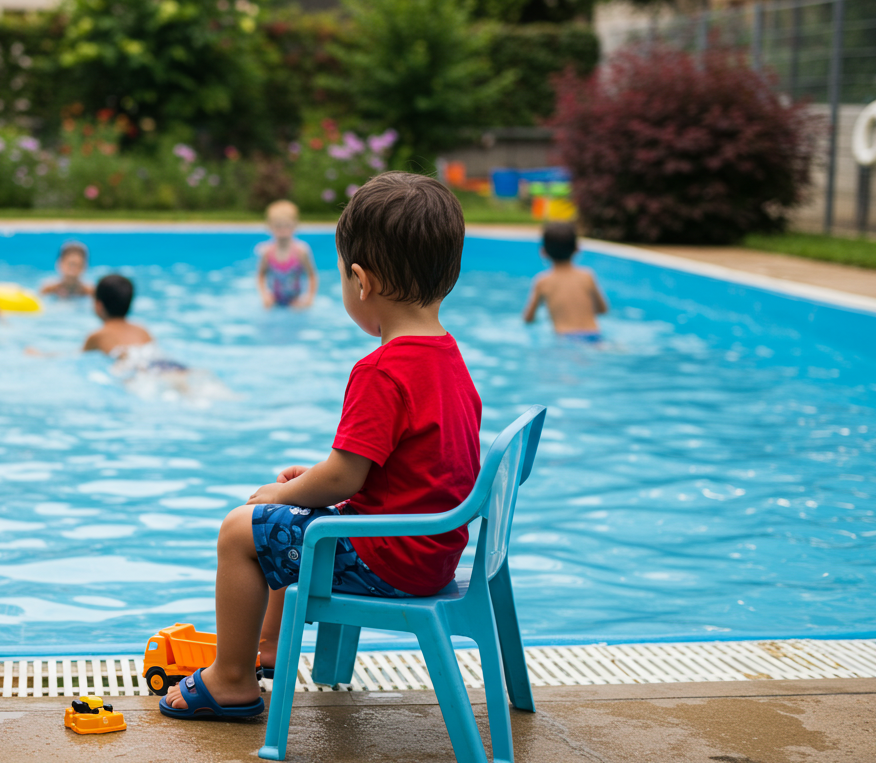Understanding Tactile Defensiveness in Children:
Signs, Causes, and Treatment
Tactile defensiveness in children is a complex and often misunderstood sensory response that can have a profound impact on a child’s daily life, relationships, and overall development. This condition is commonly associated with Sensory Processing Disorder (SPD) and occurs when a child exhibits an extreme sensitivity to touch or physical sensations that would not bother most individuals. Children who are tactile defensive may react negatively or even aggressively to ordinary tactile experiences, such as wearing certain fabrics, being hugged unexpectedly, or getting their hands dirty.

What is Tactile Defensiveness?
Tactile defensiveness is a type of sensory modulation disorder where the brain has difficulty processing and interpreting tactile input from the environment. In simpler terms, a child with tactile defensiveness may perceive everyday touch as uncomfortable, irritating, or even painful. This hypersensitivity can lead to avoidance behaviors, emotional outbursts, and difficulty participating in normal activities, especially those involving physical interaction.
Tactile defensiveness in children is often one component of a broader sensory integration issue, and it may be an early sign of a more complex neurodevelopmental condition such as Autism Spectrum Disorder (ASD) or Fragile X Syndrome. In fact, studies show that up to 60–90% of boys with Fragile X Syndrome exhibit signs of tactile defensiveness.
Signs and Symptoms of Tactile Defensiveness in Children

Recognizing the symptoms of tactile defensiveness in children can be crucial in seeking early intervention and avoiding misdiagnosis. Many children with this condition display behaviors that may be mistaken for disobedience, anxiety, or aggression when, in reality, they are responding to genuine sensory discomfort.
Common signs include:
- Avoidance of certain clothing: Children may refuse to wear clothing made of scratchy or rough materials like wool or lace.
- Extreme fussiness during diaper changes: Young children or infants may cry or become distressed immediately after soiling a diaper.
- Dislike of physical affection: A child may resist hugs, kisses, or even casual touches from family members or peers.
- Avoidance of crowded spaces: These children often feel overwhelmed in busy or noisy environments like malls, classrooms, or birthday parties.
- Preference for deep pressure: Some children may prefer strong hugs or tight clothing as it helps them feel more grounded.
- Aversion to messy play: They might dislike activities involving finger paint, mud, or food textures.
- Overreactive to tickling: Even gentle tickling can be perceived as unpleasant or painful.
- Toe-walking: This behavior can sometimes be related to avoiding tactile contact with certain floor textures.
- Sensitivity to grooming: Children may dislike hair brushing, nail trimming, face washing, or tooth brushing.
- Selective eating: Many are picky eaters who refuse certain textures or consistencies in foods.
- Avoidance of water activities: There could be tantrums and other challenging behaviors when attempting to go swimming or take a bath.
These behaviors may vary in intensity from one child to another. However, it is important to understand that forcing a child with tactile defensiveness to confront these stimuli can worsen their symptoms. This can lead to avoidance behaviors, social withdrawal, symptoms of anxiety in toddlers, and in some cases, long-term psychological distress.
The Importance of Proper Diagnosis
Because tactile defensiveness in children often mimics other behavioral or emotional issues, it is frequently misdiagnosed or misunderstood. Without a clear understanding of the sensory challenges a child faces, well-meaning adults might punish or discipline behaviors that are actually sensory-driven. This can result in the child feeling misunderstood, anxious, or even depressed.
At present, there are limited medical tests available to definitively diagnose Sensory Processing Disorder or tactile defensiveness. This lack of standardized assessment tools can leave parents feeling frustrated and confused. That said, occupational therapists trained in sensory integration are typically the most qualified professionals to observe and evaluate sensory dysfunctions.
Treatment Options for Tactile Defensiveness in Children
Helping a child cope with tactile defensiveness often involves a personalized, consistent approach led by professionals such as occupational therapists. While treatment can vary depending on the child’s specific needs, most strategies focus on gradually increasing tolerance to sensory input in a safe and supportive environment.
Common interventions may include sensory integration therapy, deep pressure techniques, brushing protocols, and play-based activities involving various textures and materials. Tools like weighted blankets, vibrating toys, and social stories are often used to help children feel more secure and better prepared for tactile experiences.
Because each child responds differently, it’s important to work with a trained specialist to create a tailored plan. These therapies not only reduce sensitivity but also support emotional regulation, social development, and everyday functioning.
To explore detailed therapy methods, examples, and guidance on how to support your child at home or in clinical settings, visit our comprehensive treatment guide for tactile defensiveness in children.
Supporting a Child with Tactile Defensiveness
As a parent or caregiver, your understanding and patience play a critical role in a child’s sensory journey. Avoid forcing your child into situations that trigger distress. Instead, focus on positive reinforcement, predictability, and comfort. Collaborate with educators, therapists, and healthcare professionals to create a supportive environment.
If your child exhibits signs of tactile defensiveness, it's important not to jump to conclusions. Having some of these symptoms doesn’t necessarily mean a child has Sensory Processing Disorder. However, if concerns persist, speak with your pediatrician and request a referral to a specialist who can evaluate and guide treatment.
If you haven't already, be sure to check out my ebooks, now on Amazon!

